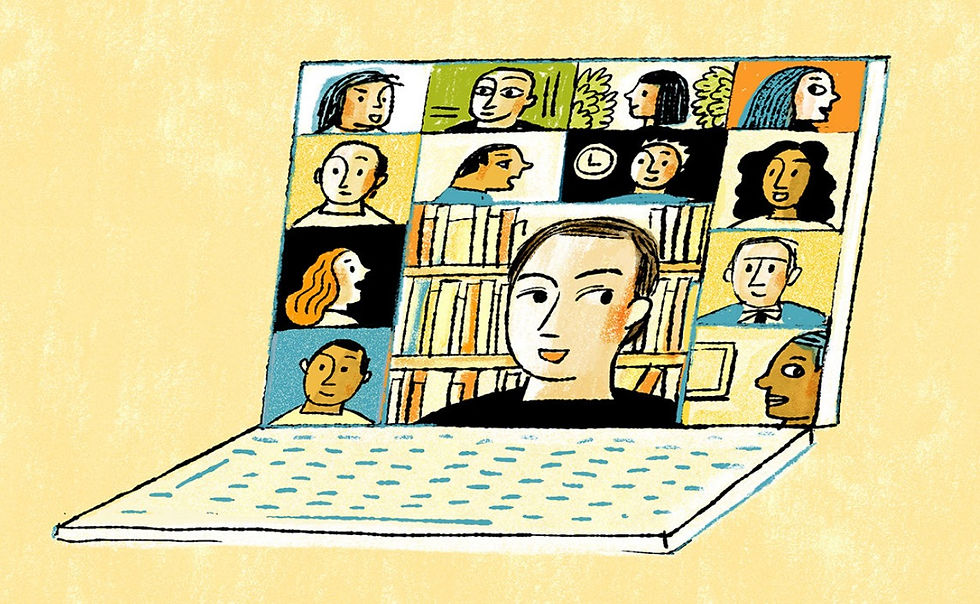Don’t Let the Virus Divide Us: Building Community Amid a Pandemic
- Vanessa Avery
- May 14, 2020
- 3 min read

I live as an interreligious community-builder. What this means is that I bring together diverse communities of faith and/or practice in various locations around the continent. The groups are multi-leveled, too, designed to reflect not just religious difference, but racial, economic, and ethnic differences. I work with them on a three-year program teaching dialogue and communication skills, designing welcoming and meaningful gatherings in each of their sacred spaces, facilitating a common set of values and vision. I currently run programs in New Haven, CT, Stamford, CT, and Toronto, Canada.
My work is intense, complex, and insanely personally rewarding. I do not hold typical interfaith educational events; I build mini-movements. Our interreligious micro-communities are about weaving the fabric of non-violence in pockets of peace dotted about the world.
Whenever asked about why these pockets will make a difference - can they make a real impact? - I quote the essential work of Dr. Ashutosh Varshney, Brown professor and author of Ethnic Conflict and Civic Life: Hindus and Muslims in India (Yale 2002): The answer is yes. Dr. Varshney’s research supported one main finding:
that towns and cities that have groups meeting regularly across difference are able to quell incidents of violence swiftly and quickly; and this stands in contrast to cities where segregation is standard, in which single acts of violence inevitably erupt into further exacerbation.
Especially today — right now — when protests have arisen to express deep feelings of social unrest and injustice, one can feel the sore lack of the kind of relationships and trust community-building offers.
Therefore, even in the midst of a pandemic, community-building across difference is essential work. And we are, if you will, essential workers.
Given, though, that the virus effected the shut-down of all houses of worship and prohibited gatherings, our work could have easily been stopped dead in its tracks.
But each of the three cities engaged in the interreligious communities building project sensed their own essential work. They were eager to continue the work - as different as it would be - through the video camera. Indeed, at times, they have been the ones leading me forward. To my delight we even get to launch a new city — Toronto, Canada — in this strange apocalyptic context we are living through.
As I see it, the invisible virus is our new common enemy. But it is sadly being used by partisans not to unite us, but to highlight the sustained divisions and disagreements between us. In this political war of all against all, there have been so many scapegoats including the unmasked jogger, the black jogger, the Chinese, the group of teens hanging out on the beach, the Westchester elites, Jews at a funeral, the evangelicals at their Sunday worship, the WHO, Dr. Fauci, or Donald Trump.
And even in the simple act of social distancing, there is a real chance we can lose sight of our human interconnectedness as well. Where interconnectedness on a physical level becomes so taboo, it becomes too easy to fall into a spiritual disconnectedness.
But the good news is our mini-movements are alive and well. The social fabric of non-violence and positive mimesis continues to be sown throughout our three main cities; we continue to “de-silo” and build diverse micro-communities of belonging, trust, and positive mimetic interference and influence. I truly hope that more cities like Toronto come on board during this unlikely and unusual time.
Don’t let the virus divide us. More than ever, try to stay connected. Maintain practices to remain interconnected, too. And please write to me if you’d like to build an interreligious micro-community.




Comments